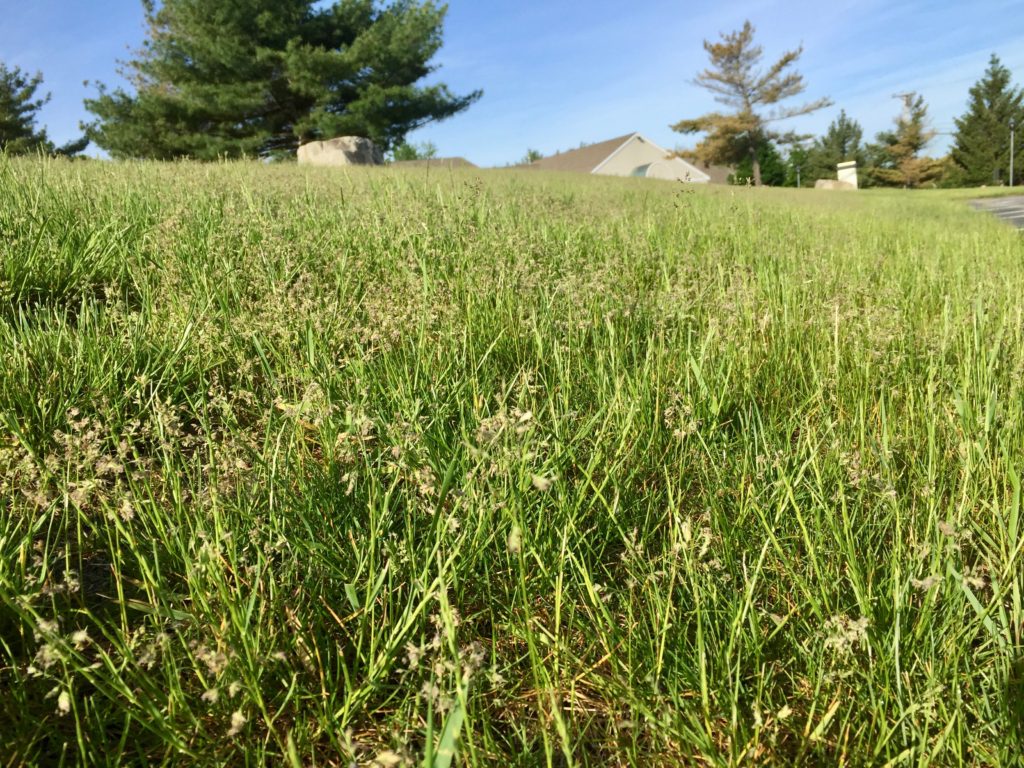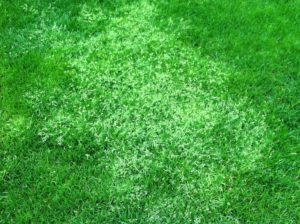
 You’ve fertilized, applied crabgrass control, sprayed weeds, and instructed your customer on how to water and mow their lawn. On your last visit, the lawn was screaming green, the best in the neighborhood. Today, the customer calls and says that their lawn is ruined, you’re responsible and that they’re going to sue you, report you to the Better Business Bureau, have you run out of town on a rail and even have your library card revoked. What happened?
You’ve fertilized, applied crabgrass control, sprayed weeds, and instructed your customer on how to water and mow their lawn. On your last visit, the lawn was screaming green, the best in the neighborhood. Today, the customer calls and says that their lawn is ruined, you’re responsible and that they’re going to sue you, report you to the Better Business Bureau, have you run out of town on a rail and even have your library card revoked. What happened?
Funny thing about professional lawn care is that some customers think that a) a perfect green lawn comes out of the end of your sprayer and that b) a lawn is not actually living tissue, but rather a lifeless but evergreen carpet surrounding their home. Not that its fair or that its right, but it’s seldom your fault. Your ability to quickly diagnose the problem and to effectively communicate with your customer will help save a valuable account.
One source of late spring complaints is something that is completely natural, but often misunderstood – flowering. We don’t grow turfgrasses for their flowers, heck we sometimes forget that they flower at all! So, what’s going on here and is there anything we should or should not be doing?
As winter finally gives way to spring, grasses begin to green up. This is known as vegetative growth – the stuff we like looking at. But once day lengths reach a certain point (called photoperiod) a change is triggered in the grass’s growth. Vegetative growth gives way to reproductive growth. Think of what a hay field looks like at this time of year with tall stems emerging from the shorter green leaves. Reproductive growth manifests itself in lawns in two ways. Let’s go over them.

Stemming is a term that I use (I don’t remember if I made it up or someone taught it to me…) to describe the loss of color and visual uniformity when the stem that would ordinarily hold up the inflorescence (the flower, or sometimes called the seed head) is mowed off. This stem lacks the chlorophyll of leaves, so it’s tan instead of green, and is also stiff and uncomfortable to walk on.

The second way reproductive growth influences the appearance of our lawns in through seed head formation. Although “seed head” is the term we commonly use, it’s actually incorrect. What you’re actually looking at is the inflorescence of the plant. At the height of cut we normally use for lawns both Annual Bluegrass and some of the improved cultivars of Kentucky Bluegrass will flower noticeably. Since the inflorescence is tan in color, customers will sometimes misunderstand what they are observing and complain to you about it.
This condition is temporary, completely natural and abates in a couple of week’s time. Other than applying growth regulators (not exactly a commonly offered service in lawn care), there isn’t a thing you can or should do about it. What you can do is to effectively educate your customer. Here’s a sample note that you could leave behind after your service call:
“Mr. Smith, thank you for contacting us. I have walked the entire lawn to be sure I have a clear idea of what’s happening. Right now, the lawn is in the middle of its reproductive phase, meaning that it’s trying to go to seed. What you’re seeing are the stems that would have held up the seed heads if they weren’t mowed off. These stems don’t have much chlorophyll so they’re not very green. This process is completely natural and expected at this time of year. It will last a couple of weeks before disappearing all on its own. I did notice a couple of weeds along the driveway while I was walking around and sprayed them for you. Thank you for your business and please give me a call with any questions!”
Find more technical tips in our Technical Resource Library in the NALP Member Center.

